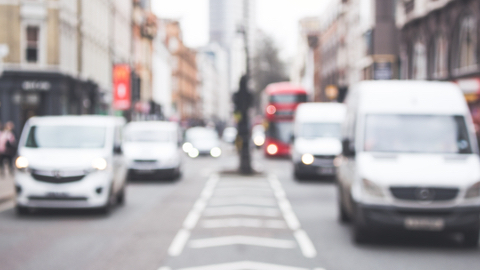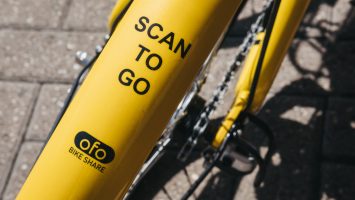
Earlier this year, Smart Cities Connect reported on the implementation of London’s new vehicle emissions standards in its city center. Since the city’s ultra-low emission zone (ULEZ) began in April of this year, there are 13,500 fewer polluting cars being driven into central London each day, representing a 38 percent drop in air pollution. Roadside nitrogen dioxide (NO2) pollution has been reduced by 36 percent in the zone, with an estimated 29 percent of that reduction in NO2 pollution directly attributable to the ULEZ.
“The early evidence suggests that the ULEZ is not only encouraging people to use cleaner private cars, but also to use more sustainable alternatives such as walking, cycling and public transport. The ULEZ is also helping to reduce its impact on climate change – with an estimated reduction of road-based carbon dioxide by nearly 100,000 tonnes, ” said Alex Williams, Transport for London’s director of city planning.
To date, none of the air quality monitoring sites located on ULEZ boundary roads have measured an increase in NO2 pollution levels, and 77 percent of vehicles now in the zone now meet the ULEZ emissions standards. Carbon dioxide emissions from road transport in the central zone are four percent lower than if there was no program in place.
The Mayor of London, Sadiq Khan, said, “these figures prove without a doubt that ULEZ is exceeding expectations, reducing polluting vehicles and cleaning up our lethal air. I am determined to stop Londoners breathing air so filthy it is damaging our children’s lungs and causing thousands of premature deaths. The ULEZ shows what we can achieve if we are brave enough to implement such ambitious policies. I now hope the government will match my ambition and amend their environment bill to ensure it has the legally binding WHO – recommended limits to be achieved by 2030 that we need to protect public health.”


